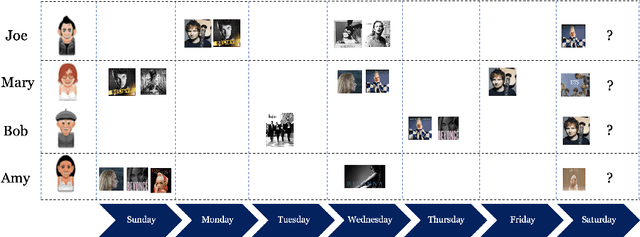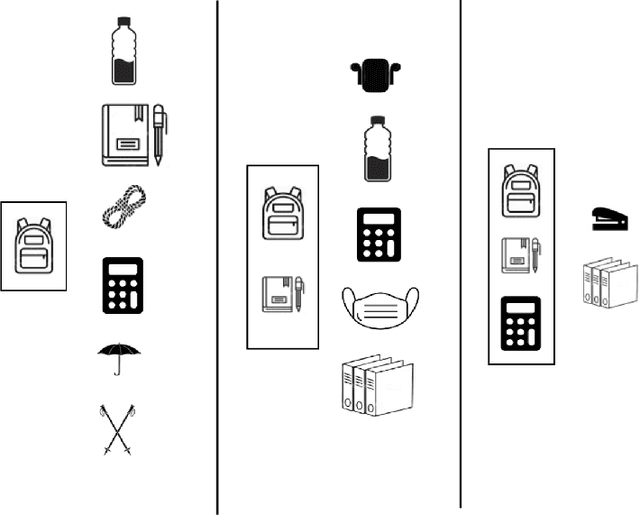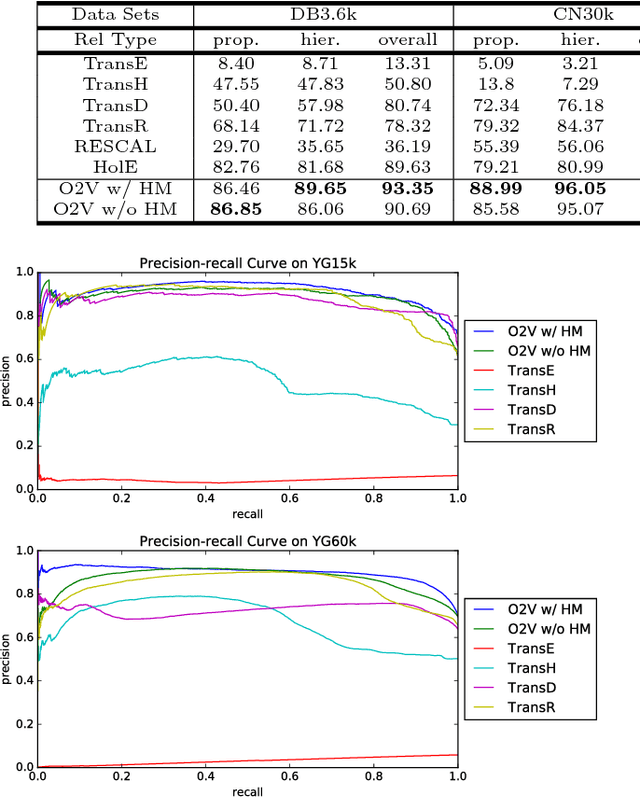Zijun Xue
Bayesian Prior Learning via Neural Networks for Next-item Recommendation
May 10, 2022



Abstract:Next-item prediction is a a popular problem in the recommender systems domain. As the name suggests, the task is to recommend subsequent items that a user would be interested in given contextual information and historical interaction data. In our paper, we model a general notion of context via a sequence of item interactions. We model the next item prediction problem using the Bayesian framework and capture the probability of appearance of a sequence through the posterior mean of the Beta distribution. We train two neural networks to accurately predict the alpha & beta parameter values of the Beta distribution. Our novel approach of combining black-box style neural networks, known to be suitable for function approximation with Bayesian estimation methods have resulted in an innovative method that outperforms various state-of-the-art baselines. We demonstrate the effectiveness of our method in two real world datasets. Our framework is an important step towards the goal of building privacy preserving recommender systems.
Recent Progress in Conversational AI
Apr 08, 2022Abstract:Conversational artificial intelligence (AI) is becoming an increasingly popular topic among industry and academia. With the fast development of neural network-based models, a lot of neural-based conversational AI system are developed. We will provide a brief review of the recent progress in the Conversational AI, including the commonly adopted techniques, notable works, famous competitions from academia and industry and widely used datasets.
On2Vec: Embedding-based Relation Prediction for Ontology Population
Sep 07, 2018



Abstract:Populating ontology graphs represents a long-standing problem for the Semantic Web community. Recent advances in translation-based graph embedding methods for populating instance-level knowledge graphs lead to promising new approaching for the ontology population problem. However, unlike instance-level graphs, the majority of relation facts in ontology graphs come with comprehensive semantic relations, which often include the properties of transitivity and symmetry, as well as hierarchical relations. These comprehensive relations are often too complex for existing graph embedding methods, and direct application of such methods is not feasible. Hence, we propose On2Vec, a novel translation-based graph embedding method for ontology population. On2Vec integrates two model components that effectively characterize comprehensive relation facts in ontology graphs. The first is the Component-specific Model that encodes concepts and relations into low-dimensional embedding spaces without a loss of relational properties; the second is the Hierarchy Model that performs focused learning of hierarchical relation facts. Experiments on several well-known ontology graphs demonstrate the promising capabilities of On2Vec in predicting and verifying new relation facts. These promising results also make possible significant improvements in related methods.
 Add to Chrome
Add to Chrome Add to Firefox
Add to Firefox Add to Edge
Add to Edge